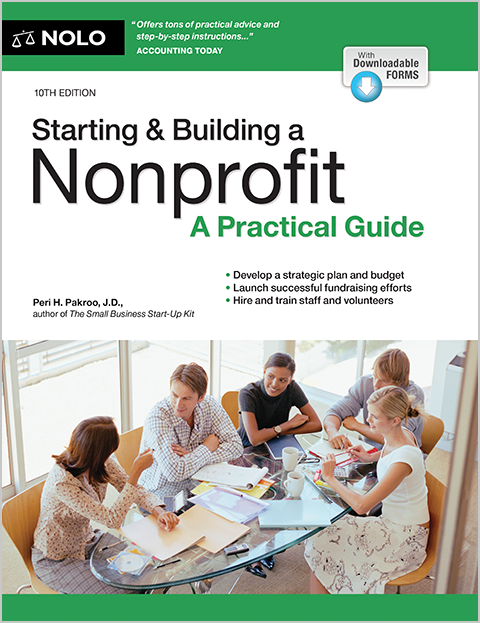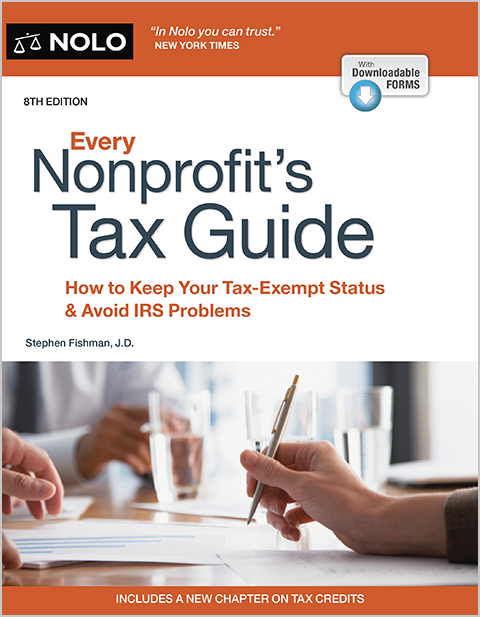Find out how to go about dissolving a nonprofit corporation in your state.
Here's a quick overview of the main steps to closing down, dissolving, and winding up a 501(c)(3) nonprofit corporation under Delaware law.
Note: Delaware has no separate statute for nonprofit corporations. Instead, rules for Delaware nonprofits are included in Delaware's General Corporation Law. Because the latter law is written primarily for for-profit corporations, it is often necessary to "translate" its rules for application to nonprofits. Also, to make matters even more complicated, Delaware nonprofit corporations are considered to be merely one kind of "nonstock corporation." (A nonstock corporation, unlike a typical for-profit corporation, does not issue any capital stock.)
Authorizing Dissolution
Closing starts with dissolution, and to dissolve your nonprofit, you will need a resolution to dissolve. You also may need a plan of distribution that indicates how the nonprofit's remaining assets will be distributed. With the resolution and plan in hand, Delaware law provides for voluntary dissolution as follows:
- by action of the governing body followed by a vote of the members
- by unanimous consent of the members; or
- if your nonprofit doesn't have members, by a vote of the governing body.
Under the first method, the governing body must first adopt the resolution to dissolve and then submit it to the members. The members then generally meet and vote to approve the resolution.
Under the second method, members approve the resolution by unanimous written consent. In these cases, no action by the governing body is necessary.
Under the third method, it is up to the governing body alone to approve the resolution to dissolve. Typically, the resolution must be approved by a majority vote of the governing body. (As of 2010, Delaware law technically requires nonprofit corporations to have members, but there are important exceptions to this rule.)
Make sure to properly record the resolution to dissolve and plan of distribution, as well as the governing body's votes and members' votes or written consents, if any. You'll need this information for filings with the state and the IRS.
Certificate of Dissolution
After your nonprofit has approved dissolution you must file a certificate of dissolution with the Division of Corporations (DOC). The certificate of dissolution must contain:
- the name of your nonprofit
- the date dissolution was authorized
- the filing date of your nonprofit's original certificate of incorporation
- a statement that the dissolution was duly authorized in accordance with the provisions of Section 276(a) of Delaware's General Corporation Law; and
- the names and addresses of your nonprofit's directors and officers.
A blank form for the certificate of dissolution ("CERTIFICATE OF DISSOLUTION OF NON-STOCK CORPORATION (SECTION 276 (a)") is available for download from the DOC website. There is a minimum $204 filing fee.
Winding Up
After your nonprofit has formally authorized dissolution, it continues to exist only for the purpose of taking care of certain final matters that, collectively, are known as "winding up" the company. Winding up is largely about paying off any debts and then distributing any remaining assets, but there may also be other tasks involved. Generally speaking, you can only distribute money and property after you have paid off all of your nonprofit's debts. In addition, after all debts are paid, a dissolving 501(c)(3) organization must distribute its remaining assets for tax-exempt purposes. In practice, this usually means distributing assets to one or more other 501(c)(3) organizations. Other requirements for distributions, including items contained in your plan of distribution, may also apply. If you have any questions, you should consult with a lawyer.
Notice to Creditors and Other Claimants
One other part of winding up your dissolved nonprofit involves giving notice to creditors and other claimants. Giving notice is optional. However, doing so will help limit your liability and also allow you to more safely make final distributions of remaining assets. Giving notice requires both publication in a newspaper and mailings to all known claimants.
Federal Tax Note
For federal tax purposes, you'll need to file IRS Form 990 or IRS Form 990-EZ. You must include a completed Schedule N (Liquidation, Termination, Dissolution, or Significant Disposition of Assets), as well as copies of your certificate of dissolution, resolution to dissolve, and plan of distribution. When completing Form 990 or Form 990-EZ, you'll need to check the "Terminated" box in the header area on Page 1 of the return. For additional guidance, check out Every Nonprofit's Tax Guide, by Stephen Fishman (Nolo), go to the IRS website, or consult with a tax professional.
Additional Information
You can find additional information, such as forms, mailing addresses, phone numbers, and filing fees, on the DOC website.
Dissolution will not stop lawsuits started by or against your nonprofit before dissolution. Moreover, new legal actions can still be started by or against your nonprofit up to three years after dissolution.
This article covers only the most basic steps of voluntary dissolution after your nonprofit has started doing business. There are many additional, more specific rules, covering things like:
- involuntary dissolution
- dissolution before starting operations
- dissolution of non-typical nonprofits
- what specific items should be contained in a plan of distribution
- giving proper advance notice of member and governing body meetings
- the required number of members or governing body votes to approve the dissolution
- steps to approve dissolution in writing without a meeting
- what needs to be included in notices to creditors and claimants; and
- how to respond to legal claims after dissolution.
In addition, your certificate of incorporation or bylaws may contain rules that apply instead of, or along with, state law. You are strongly encouraged to consult with a lawyer to obtain additional information on these and other points.
Dissolving and winding up your nonprofit corporation is only one piece of the process of closing your organization. For further, general guidance on many of the other steps involved, check Nolo's 20-point checklist for closing a business and the Nolo article on what you need to know about closing a business.



